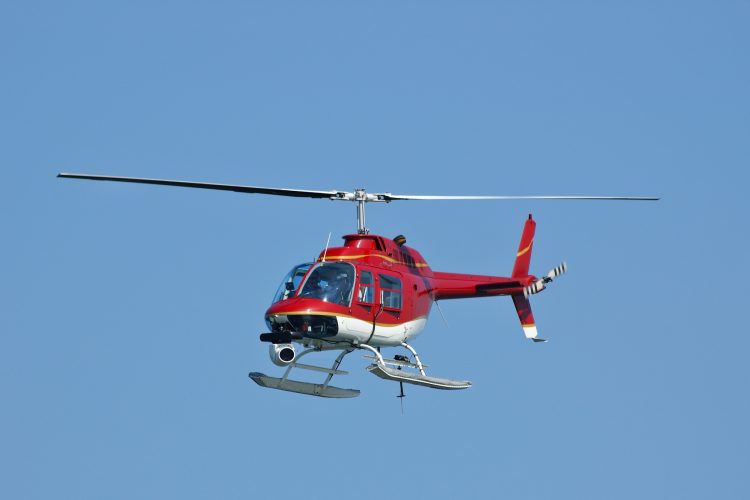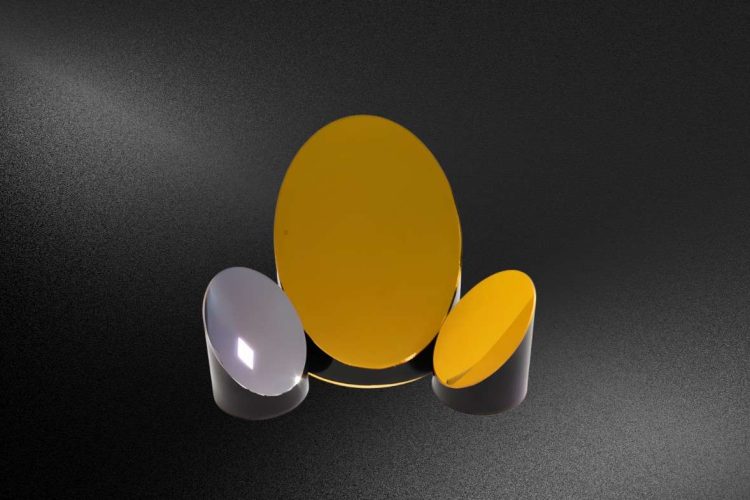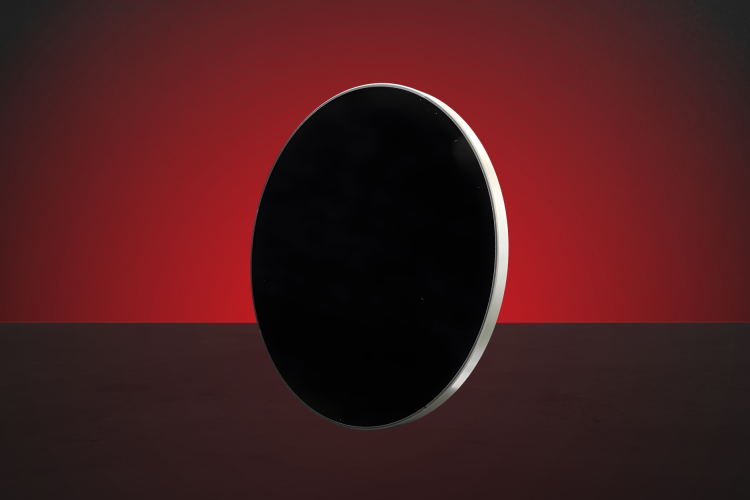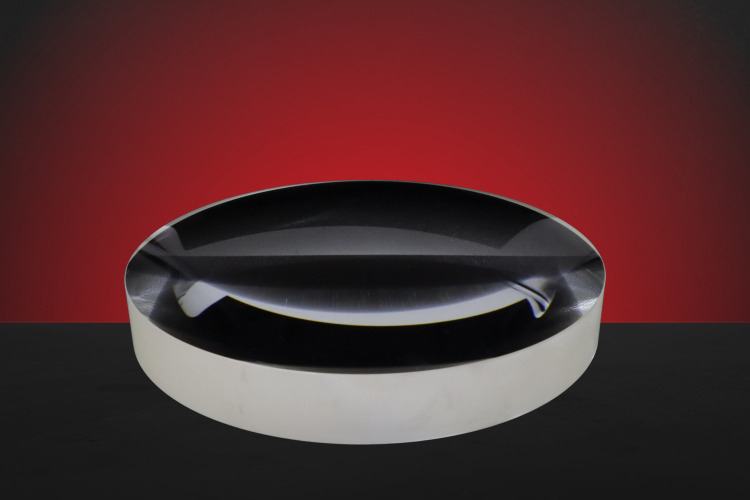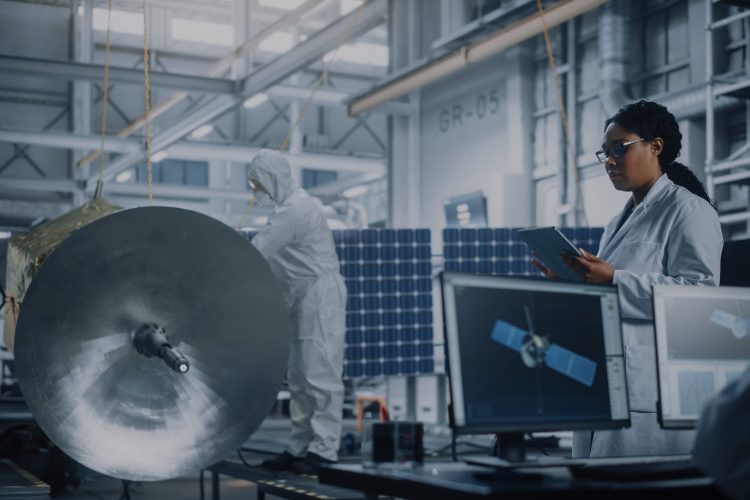Key Takeaways Automotive fixed-focal length lenses deliver stable, high-performance imaging essential for ADAS and autonomous driving. Their multi-element optical design ensures clarity in all-weather conditions, while optimized focal lengths support forward detection, blind spot monitoring, and long-range sensing. With radar-camera fusion, high-resolution CMOS sensors, and robust environmental durability, these lenses enable accurate 3D perception and […]
Blog
Avantier Inc.



